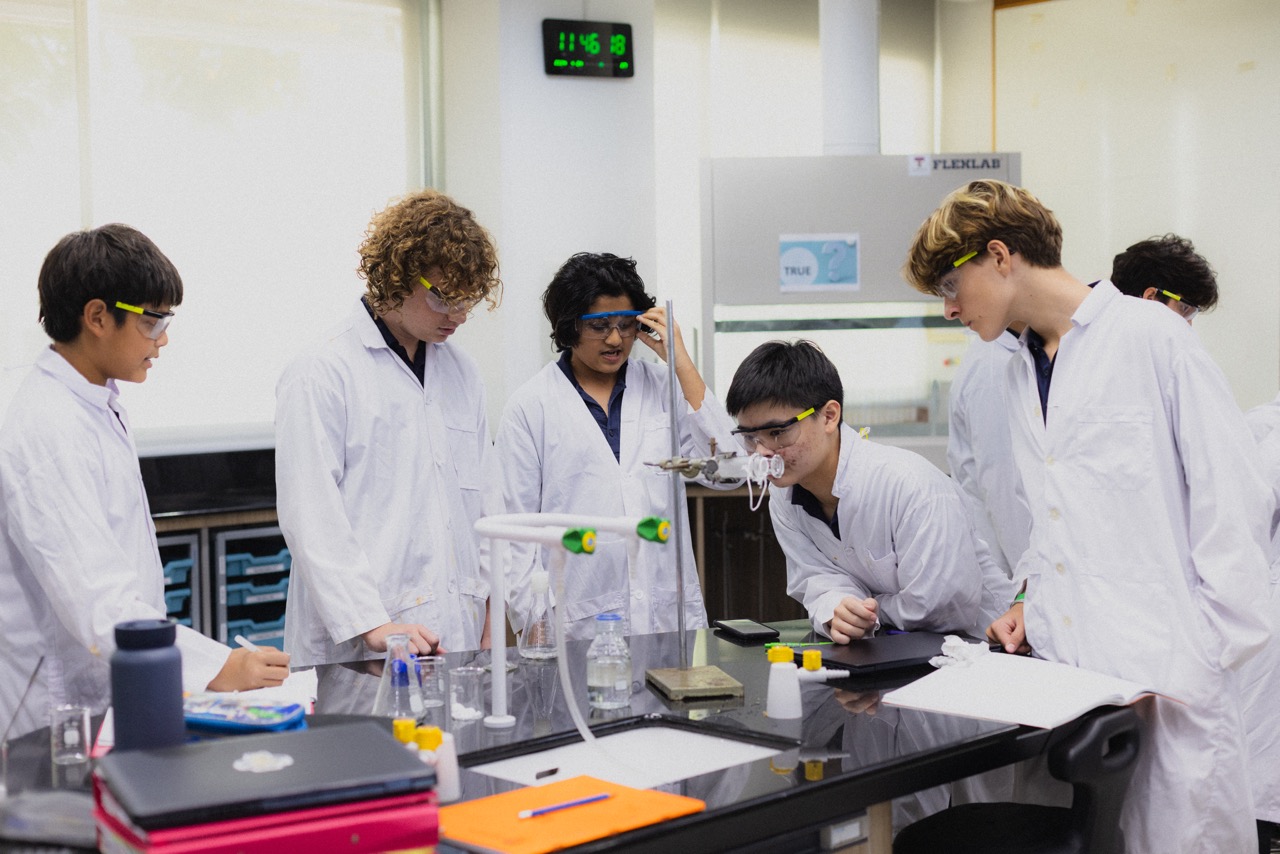
Rates of Reaction in Year 9
Students ‘reacted’ fantastically to this new found information
Secondary students have started their Term 3 curriculum with great vigour. In Chemistry, Year 9 students are learning about Rates of Reaction. Rates of reaction refer to the speed at which a chemical reaction occurs, specifically, how quickly reactants are converted into products. This rate is determined by various factors, including the concentration of reactants, temperature, surface area of solid reactants, and the presence of catalysts.
When we talk about rates of reaction, we are interested in how fast reactants are transformed into products over a certain period of time, which is measured by monitoring changes in the concentration of reactants over time. Understanding rates of reaction is crucial in various fields, including chemistry, biology and environmental science, as it provides insights into reaction mechanisms, kinetics, and the behaviour of chemical systems under different conditions.
Students investigated the effect of the surface area of calcium carbonate pieces on the rate of its reaction with hydrochloric acid. By measuring the volume of carbon dioxide produced per unit over time, they learned that the larger the surface area, the higher the rate of reaction. This is because there are more reactant particles exposed, leading to more successful collisions per second.
Did you know? Daily life things such as the toothpaste, bread, soap, cookies, cooking, etc are prepared by maintaining a specific rate of reaction and the slight change in rate will make the products miserable!


















